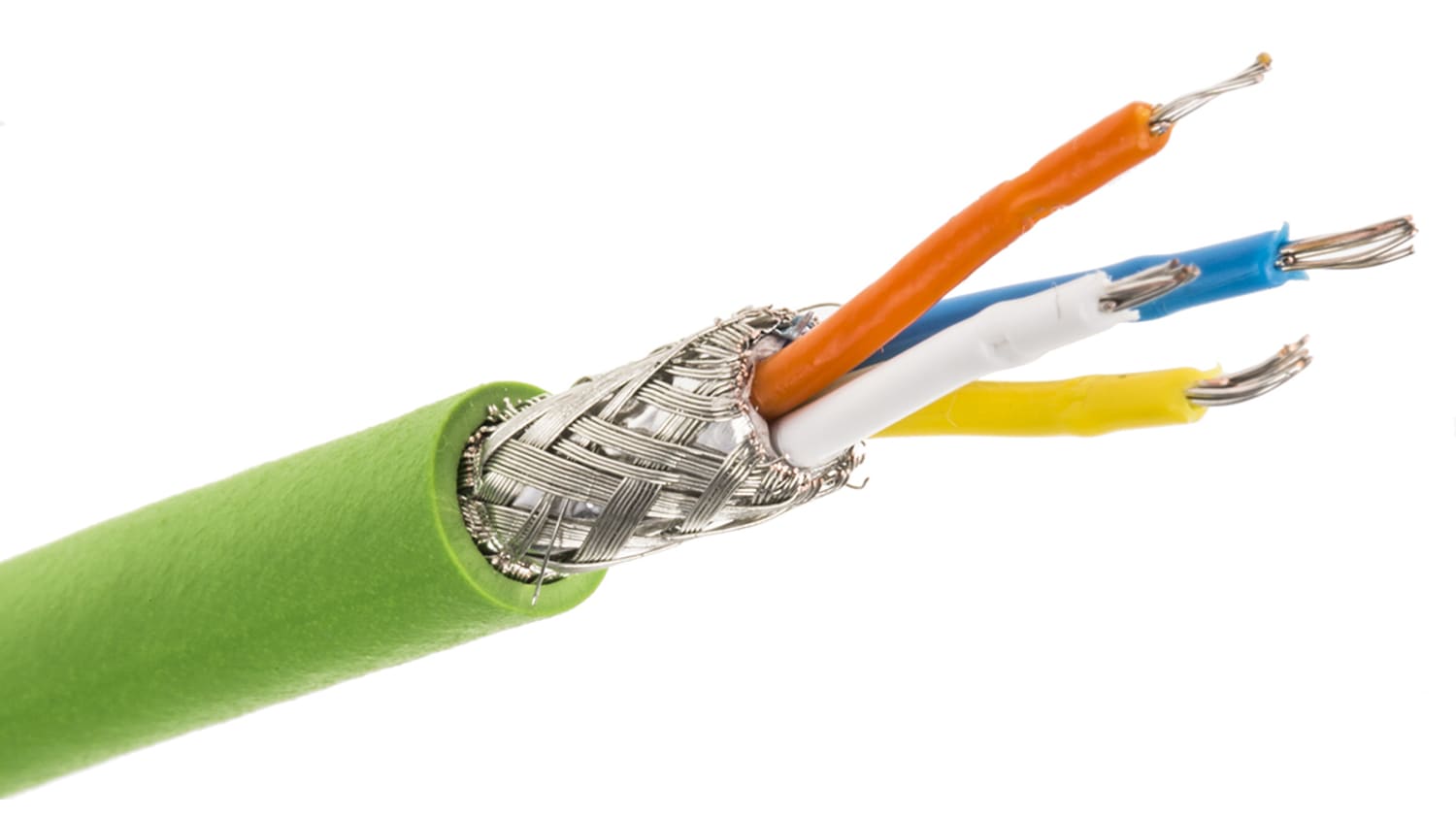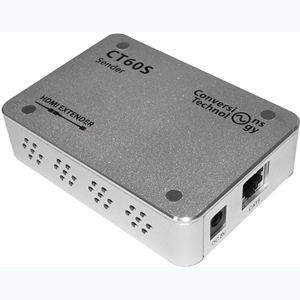
What is a cat5 network cable?
Cat5 and Cat5e network cables are the same, but their cabling arrangement differs. Both types fall under two types of cabling, stranded and solid. Stranded cabling consists of thin strands of copper wiring, and offers poorer performance over longer distances. Solid cabling, on the other hand, is a more rigid cable that offers higher performance over longer distances. Listed below are some of the differences between the two types of cabling.

Cat5 classified into two main types
There are two main types of CAT5 cables: the Straight-through cable and the Crossover cable. The former is used for connecting devices that are similar but not identical. In other words, the Straight-through cable connects your computer's LAN port to that of your cable modem, and the Crossover cable connects a network hub to your router's WAN port. While CAT5 is most commonly used for connecting computers, it can also be used for connecting network hubs.
A straight-through network cable has a pair of twisted-pair wires. It connects a computer to a network, and can also connect two printers. When installing a cable, make sure the pin configurations match. The color of the connector is important, too. For best results, select one that's labeled EIA/TIA-568B. This will ensure that the cable is compatible with the devices you want to connect.
A straight-through network cable is made up of four twisted pairs of copper wires. It is the most common type of cable. It is typically used to connect a PC and a switch. However, there are occasions when you need to use crossover cables. For example, you may need a Cat5 cable to connect two computers and a switch. A Cat6 cable is employed when you need to connect two different types of devices.

Cat5 network cable charateristics
CAT5e, or Category 5 Enhanced, is an upgrade to the standard CAT5 network cable. Its higher frequency specifications allow for longer distances and support speeds up to 125 Mbps. Its maximum cable length is 328 feet, which is about twice as long as the standard Cat5. However, while it is technically identical to the standard Cat 5 cable, CAT5e is manufactured to meet higher specifications.
The basic difference between the two types of cable is the wiring standards. For example, Cat5e and Cat6 cables use different T568A and T568B wiring standards. Both connectors are designed with wires of different colors. When you plug the connectors together, you should match the wires on each connector to the correct pin on the other. For example, pin 1 on the A connector goes to pin 3 on the other. This same rule applies to the other connector as well.
Another difference between Cat5e and Cat5 is the crossover design. This type of cable is used when connecting two devices that use Ethernet to each other. It connects two computers connected via Ethernet ports. It also connects two hubs and switches. However, Cat5e is more expensive than Cat5 and is not recommended for home networking. This is why many users only use Cat5e for internal networking purposes.

Cat6 network cable benefits
Cat6 is a shielded network cable with excellent EMI rejection properties and molded low profile and Snag less boot. This high-performance cable can handle bandwidth-intensive applications and is designed to meet TIA/EIA standards. It also minimizes Near-End Crosstalk, has high-quality solid conductors and is terminated with a shielded plug.
When it comes to network patch cables, there are two main types: unshielded and shielded. Both types are made of twisted-pair copper with a shield between each pair. Shielding reduces electromagnetic interference (EMI) - a threat to network signal integrity caused by nearby fluorescent lights, air conditioners, and motors. EMI causes crosstalk between the circuits, resulting in errors and decreased transmission rates.
Shielded Ethernet cables are more expensive than unshielded ones but have added benefits. They offer extra protection from alien interference and keep signals "inside" the network. Shielded cables are used in industrial settings. If you're looking for shielded cables, Cmple carries Cat5e and Cat6 cables. These are both made of 24 AWG bare copper. Other vendors carry copper-clad aluminum conductors and short shielded patch cords.

Cat5 network cable applications
While unshielded Ethernet cables can work in many situations, they're not as effective for outdoor applications or in locations where EMI could cause interference. For this reason, it's best to use shielded Ethernet cables for outdoor installations near power lines. They're also cheaper to buy and easier to install. And they are standard for years. And they're both suitable for home use, too.
Cat5e is backward compabackward5 and CAT5e network cables are both backward compatible. They support both Fast Ethernet and Gigabit Ethernet. A CAT5e network cable is more flexible than a cat5 network cable and offers a higher throughput speed than its predecessor. Because of their backward compatibility, CAT5e cables are ideal for networks in which speed is of primary concern. Besides offering better speeds, CAT5e cables also have lower crosstalk and EMI levels than their predecessors.
The Cat5e network cable is backward-compatible with the original Cat5 and Cat3 standards. Each patch cable is labeled according to its Category. Cat5 and Cat5e cables can run for up to 100 meters and will require a repeater or switch to extend the distance. The only downside of using Cat5e is the cost. It's best to opt for a Cat7 or Cat6 cable if your network is geared towards high data transfer.

Cat6 network cable specifications
Cat6 has stricter specifications for system noise and crosstalk than CAT5e and carries greater bandwidth up to 100 meters. Cat6 cables contain a physical separator to minimize crosstalk, as well as foil shielding to reduce electromagnetic interference. Both CAT5e and CAT6 cables are backward compatible, so you can easily add more bandwidth as you need it.
The primary difference between CAT5e and CAT6 is the bandwidth. While CAT5e supports up to 100 MHz, CAT6 supports up to 250 MHz this means that the cable supports Gigabit Ethernet. CAT6 cables are also backward compatible with CAT5e devices. The difference in bandwidth is significant, but not enough to make the upgrade unnecessary. Nonetheless, both types are backward-compatible.
Splines are a significant component of Cat6 network cables. They separate the conductor pairs in a 4-pair cable and minimize crosstalk and attenuation. Splines come in different shapes and materials and are still refined and improved to achieve optimal performance. Some splines are smaller than others. However, a spline helps minimize crosstalk and increase the signal strength.
Most used network cable in the industries
A spline is a nylon-covered wire that helps to eliminate crosstalk. The spline protects the cable from alien and near-end crosstalk. Cat6 network cables also have a spline to reduce crosstalk. A spline may not be required, but it does help reduce signal noise. The spline is also a crucial component of signal transmission, as bare wires will generate noise and interference.
A spline reduces the amount of crosstalk and ensures that your network runs smoothly. Using these cables can improve your network speed. Although Cat5e cables are cheaper, they can only support 1 Gbps of data. Cat6 cables are backward compatible with the lower category cable. Cat6 cables are more robust than their predecessors and feature a spline to reduce crosstalk.
If you're wondering whether Cat5e is a straight-through cable, the answer is yes. The difference between the two types is the pin assignments on the ends of the wires. A straight-through cable connects the PC to a hub or switch. This type of network cable does not have a DTE or DCE end, meaning the same colored wires will connect to the same pins on both ends. When connecting a PC to a router, the pins on the hub connect to the same pins on the computer.
Ethernet cable frequently used types
There are three main types of Ethernet cable: Cat5e and Cat6A. This is because they are backward-compatible, and Cat5e is intended for use with most Cat5 Ethernet cables Cat6a and Cat7 are both backward-compatible, but there are some minor differences in the cable's Twist Rate. Both types can support the full 100-meter range but may have reduced range.
The straight-through cable is the most common type of network cable. It's used for connecting dissimilar devices, such as computers to routers, and similar devices. You'll need this type of cable to connect a computer to a cable modem or router. It also allows you to connect your cable modem to a hub or switch. And because it connects your cable modem to your router, you don't have to worry about it interfering with your internet connection.


























